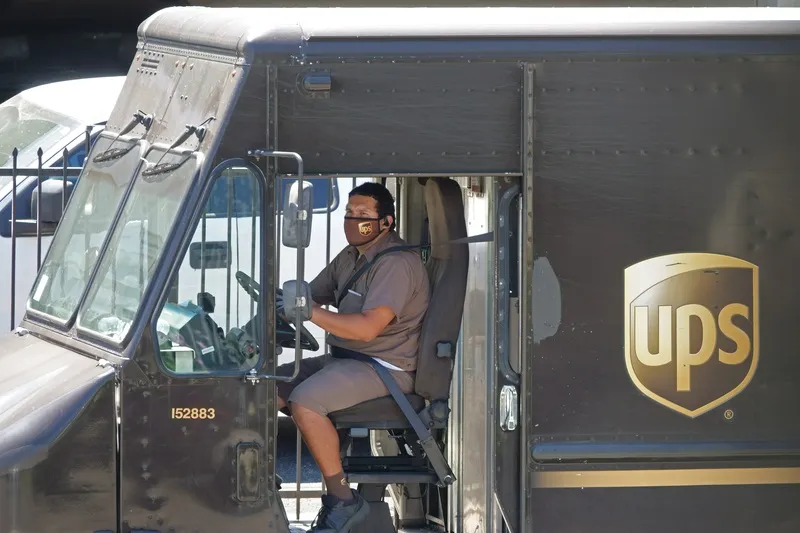Cobra UK has launched its cycle scanner, which can be retrofitted to heavy goods vehicles (HGV) to aid safety for cyclists. The device was developed in response to the growing issue of cyclist safety, particularly in the London area, and uses the latest GPS and live video CCTV technology. It features a scanner and six sensors along the nearside of a vehicle to detect a cyclist and a live video camera to identify exactly what is happening around the vehicle. If a cyclist enters the nearside of the vehicle,
July 24, 2013
Read time: 2 mins

The device was developed in response to the growing issue of cyclist safety, particularly in the London area, and uses the latest GPS and live video CCTV technology.
It features a scanner and six sensors along the nearside of a vehicle to detect a cyclist and a live video camera to identify exactly what is happening around the vehicle. If a cyclist enters the nearside of the vehicle, the scanner automatically alerts both the driver in the cab and the operator back at base in order to prevent any potential accidents.
Live images and a recording of every journey provide instantly available evidence in the event of an incident, together with GPS location to show the vehicle journey and location.
Cobra UK is now looking for further HGV fleets to test the system in the London area as it looks to add further functionality to the product.










